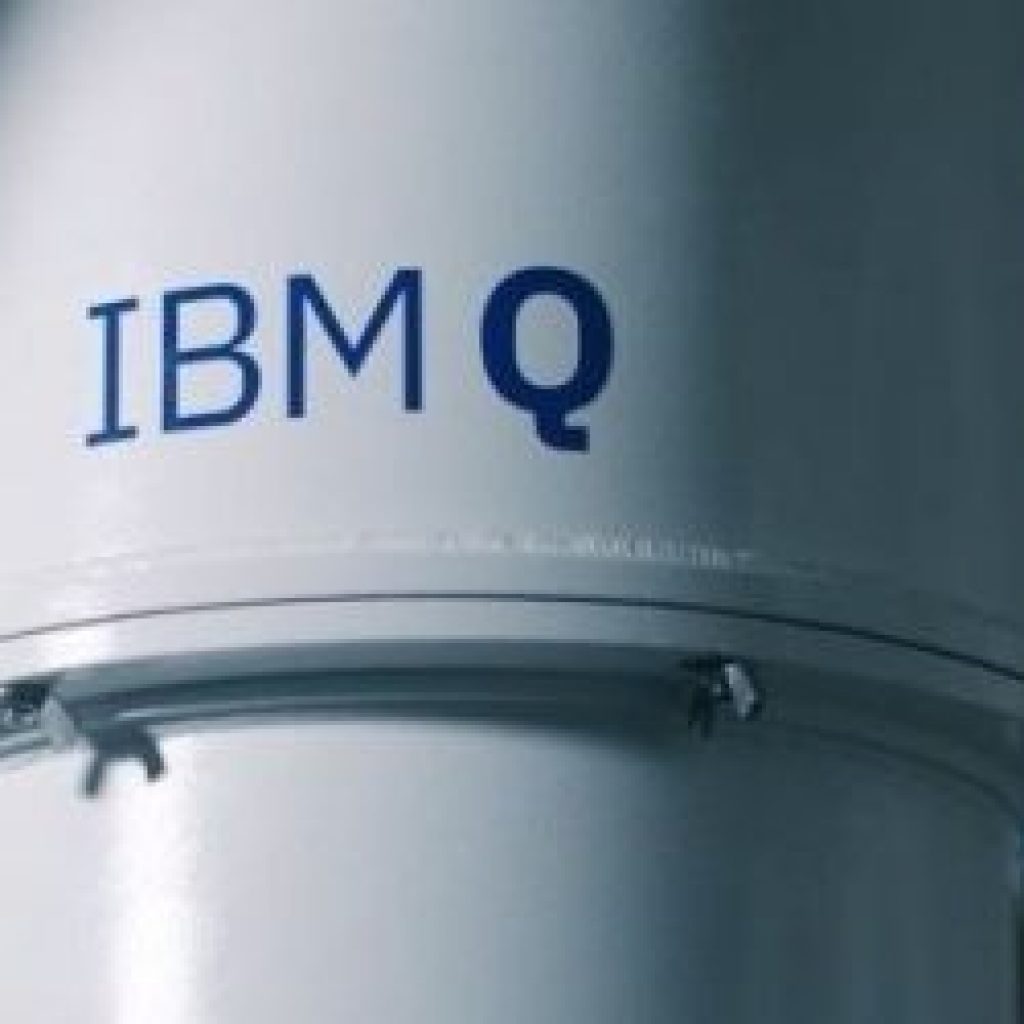In recent weeks, IQT News has been asking several companies from across the quantum sector to weigh in on the state of the industry, key challenges that remain and visions and hopes of the future.
The latest and one of the last entries in this series comes from IBM, a companies whose innovations and milestones in the quantum space over the last year are too numerous to list in full, though here are a few:
IBM unveils Eagle processor, ushers in System Two era
IBM-Bluefors partnership promises really cool quantum future
IBM just created a new way to measure the speed of quantum processors
IBM CEO: Quantum computing will take off ‘like a rocket ship’ this decade
IBM partners with U.K. on $300M quantum computing research initiative
IQT News communicated with IBM via email at the very end of 2021, and the company supplied us with this look ahead to 2022:
Quantum computers have entered an era where we can begin to focus not just on their development, but on improving their capabilities. As we move into 2022, we’ll be benchmarking our systems on three fronts: scale, which we measure with qubit count; quality, which we measure with Quantum Volume; and speed, which we measure with our recently-introduced Circuit Layer Operations Per Second, or CLOPS metric. It’s not enough to just focus on quality without improving on scale or speed. Quantum hardware must drive all three of these areas of performance in order to achieve Quantum Advantage.
However, improving quantum capabilities will require more than just hardware advances. In 2022, we will continue to employ classical computing tightly integrated with quantum resources in order to achieve even more than a quantum processor can alone. This integration will allow us to explore larger problems using techniques such as circuit knitting, which uses classical computing to find useful cuts in the problem to produce smaller quantum circuits to run on near-term quantum devices, and to combine the pieces back together to simulate a larger problem. Meanwhile, dynamic circuits, those where we perform a measurement in a quantum circuit and then feed the resulting classical information to a later quantum calculation, will begin to take us into the realm of error correction.
